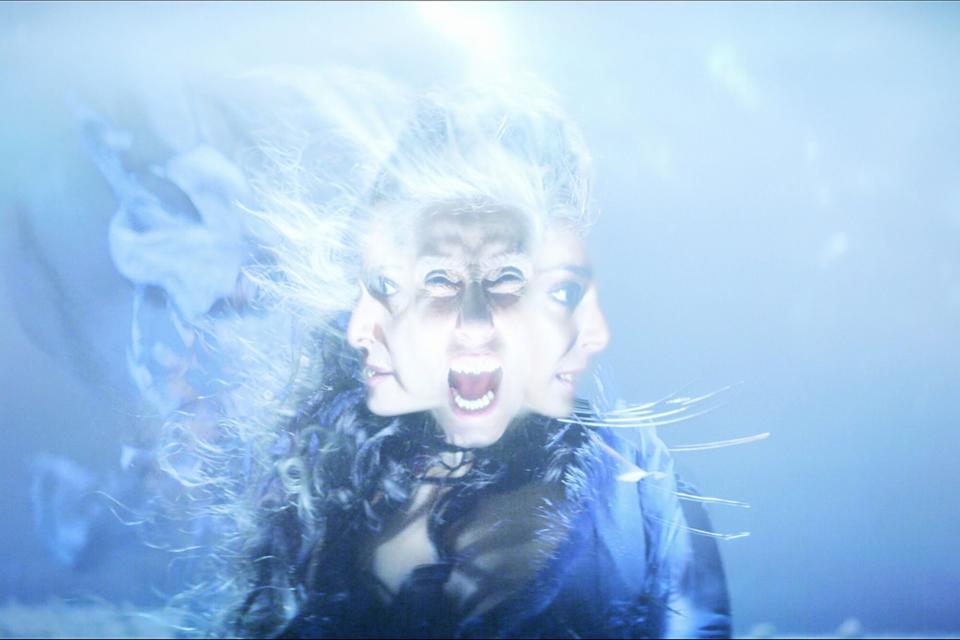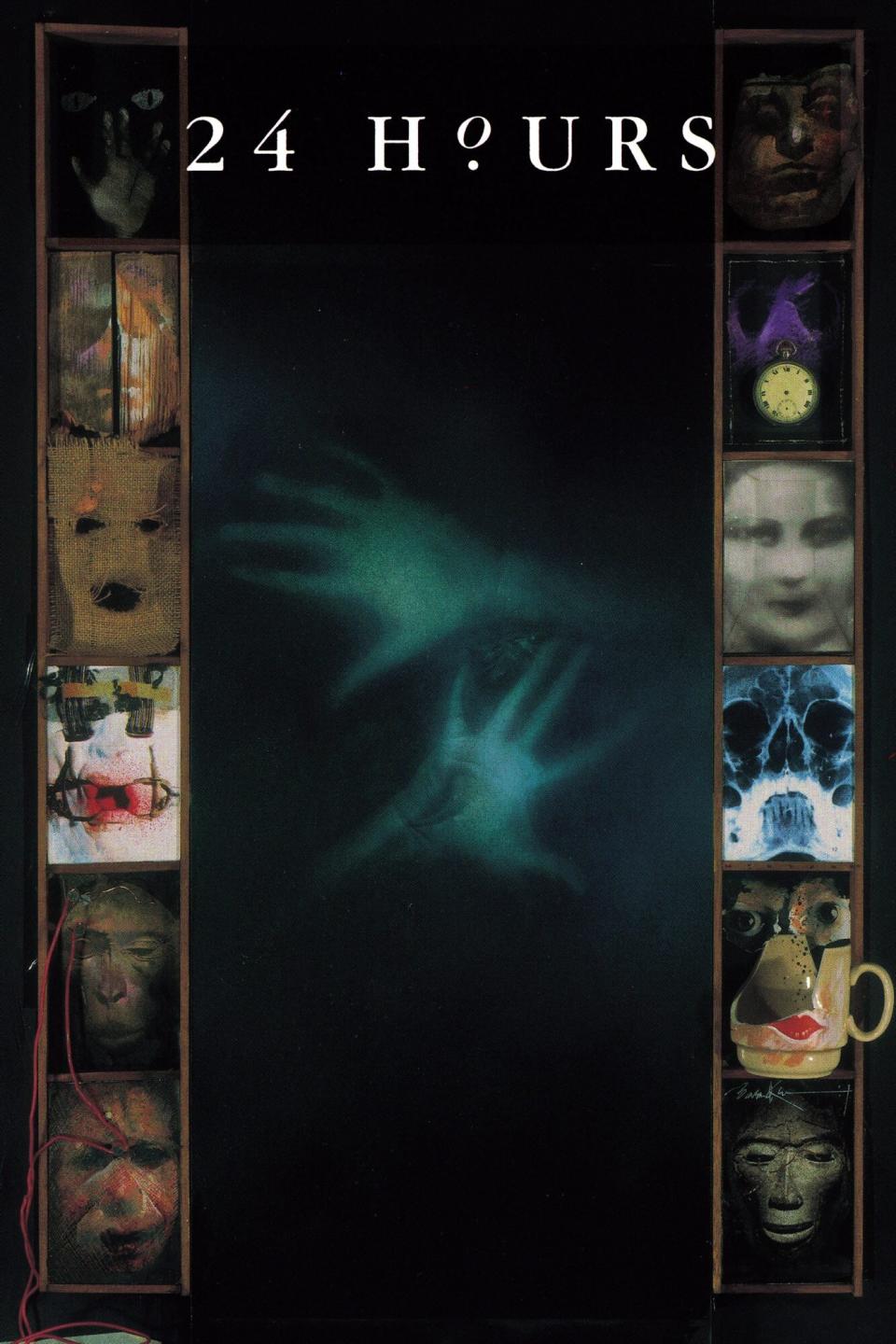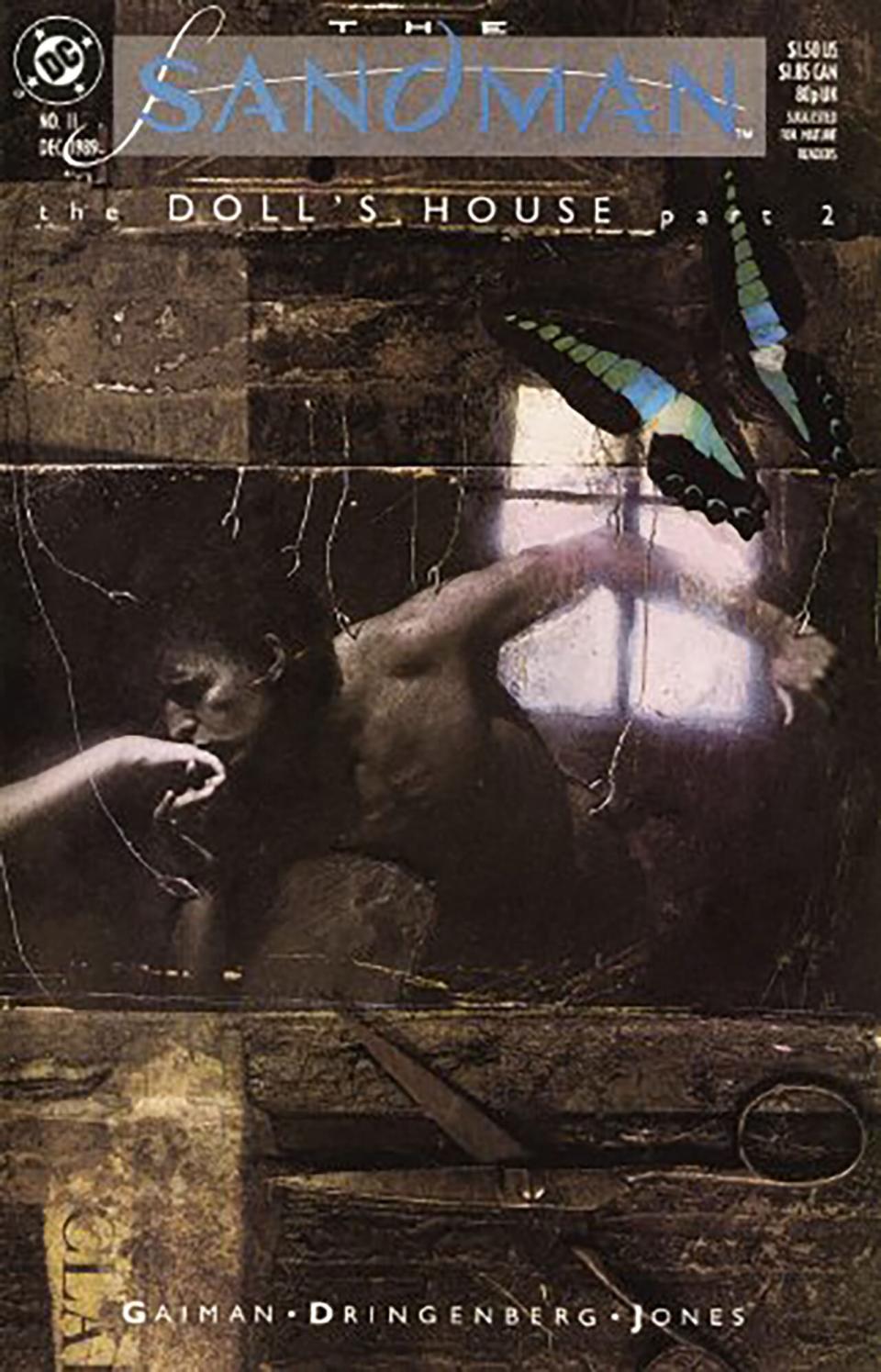Don't skip The Sandman 's end credits — they were designed by the original comic artist

Since The Sandman is on Netflix, as soon as the show's credits start, viewers have five seconds before the streamer automatically skips ahead to the next episode. But if you want the full Sandman experience, you should manually avoid that option and watch as much of the end-credits sequence as you can.
Why? Well, even though The Sandman was originally published by DC Comics, it is not a superhero story, so the reason to stick around is not to look for Marvel-style teases of future installments. No, these credits are worth watching simply because they are beautiful — and that's because they were designed by Dave McKean, who also created the cover art for all 75 issues of The Sandman comics. Writer Neil Gaiman first revealed this news at the show's San Diego Comic-Con panel last month.
"When The Sandman show began, people kept asking me, 'Is Dave McKean going to do something for it?'" Gaiman said. "After literally 30 years of Sandman covers and redesigns, Dave had retired formally from doing Sandman books. He was like, 'Okay, can I stop now?' I was like, 'Yes, you can stop.' But [then] I called Dave and said, 'We're doing the TV show — you have to do something.' So every episode has end-title credits, and it's a different sequence for each episode — these amazing, flowing, kaleidoscopic little films that Dave McKean made. So do not skip the end credits! Just watch. It's pretty."

Netflix Nina Wadia, Souad Faress, and Dinita Gohil star as the three Fates in Netflix's 'The Sandman.'
He's right. McKean's innovative, genre-defying art was a big part of what made The Sandman so iconic and unique back in the day. (Check out a couple of examples of his covers below.)
McKean explained his creative process in a 2013 interview with The Guardian. "I wanted to get away from traditional comic book covers, which I thought were very boring: usually a fight scene," he said. "By issue eight, Sandman was already becoming a little strange — as much about ideas as an adventure story. So I thought the covers should represent that. Since the interior artists changed all the time, I was the only consistent visual element. I wanted the covers to be a filter, a window of slightly surreal, melancholy, thoughtful imagery to pass through."

DC Comics The cover of 'The Sandman' #6, a.k.a. '24 Hours.' Cover art by Dave McKean

'The Sandman' #11 cover art by Dave McKean
McKean continued, "Some covers were painted, some drawn, but many of the first few were five-foot-high collage-type works made by me that we took to a high-res photography studio to shoot — this was all pre-computers. I ended up wandering around London with Neil trying to find interesting bits and bobs to use as imagery. We liberated a fantastic-looking broken door from a skip, and found odds and ends in antique shops. People started donating things: I did a signing in London and someone gave me a lamb's heart in a block of resin. It got used a few times."
The Sandman is streaming now on Netflix, along with 10 credits sequences by McKean.
Sign up for Entertainment Weekly's free daily newsletter to get breaking TV news, exclusive first looks, recaps, reviews, interviews with your favorite stars, and more.
Related content:


